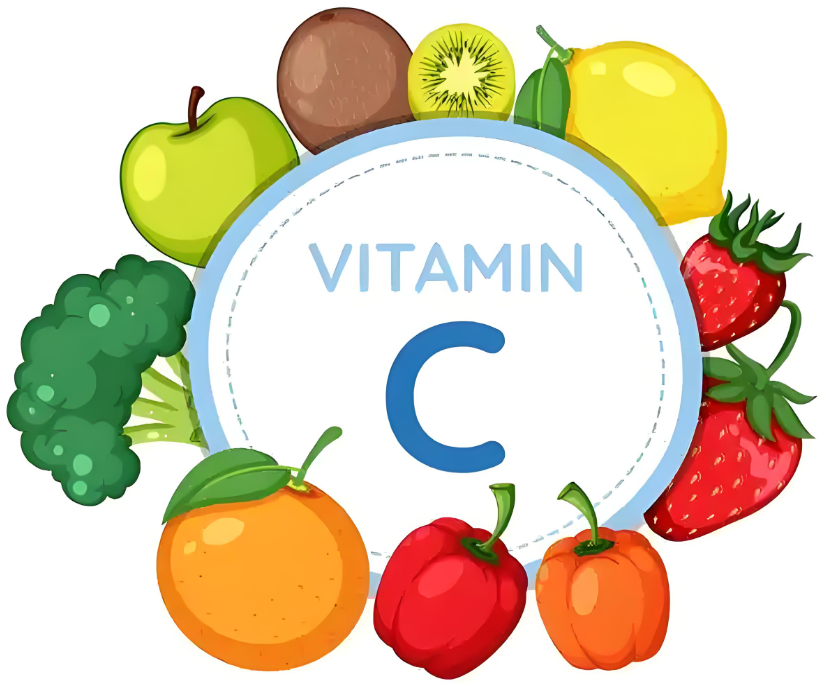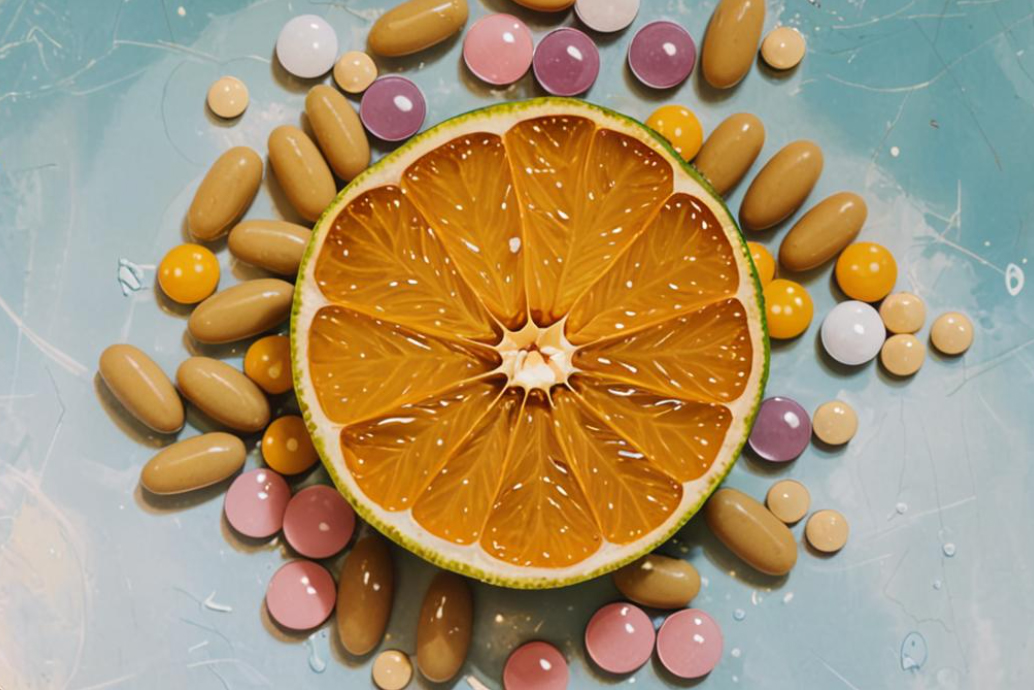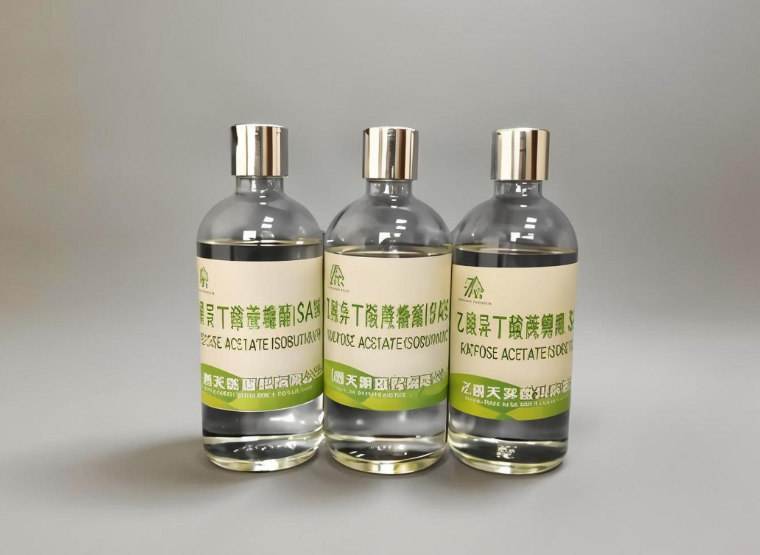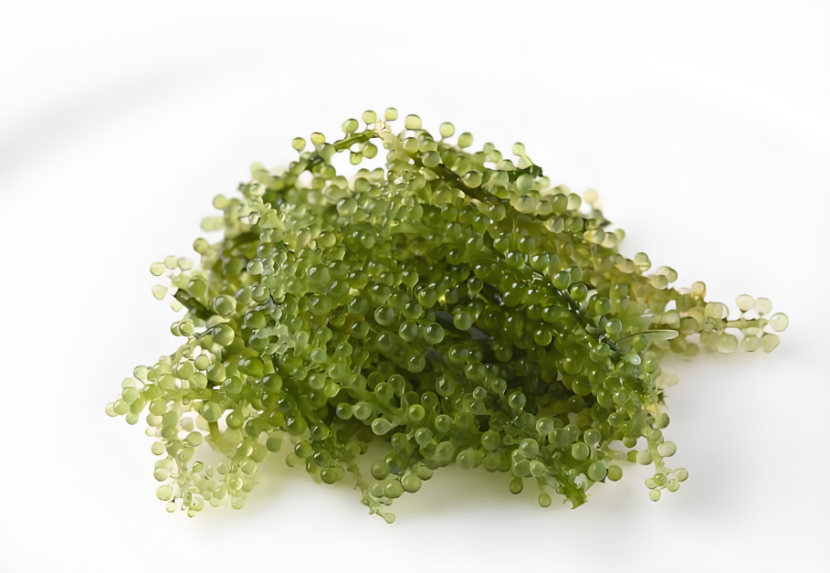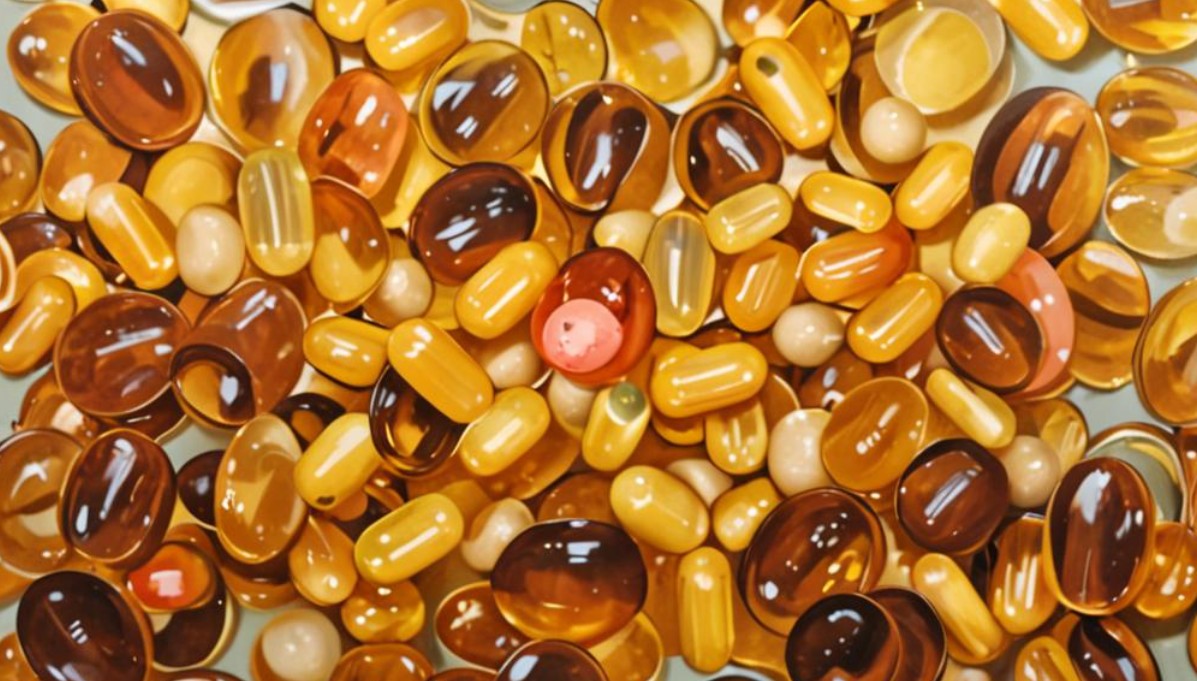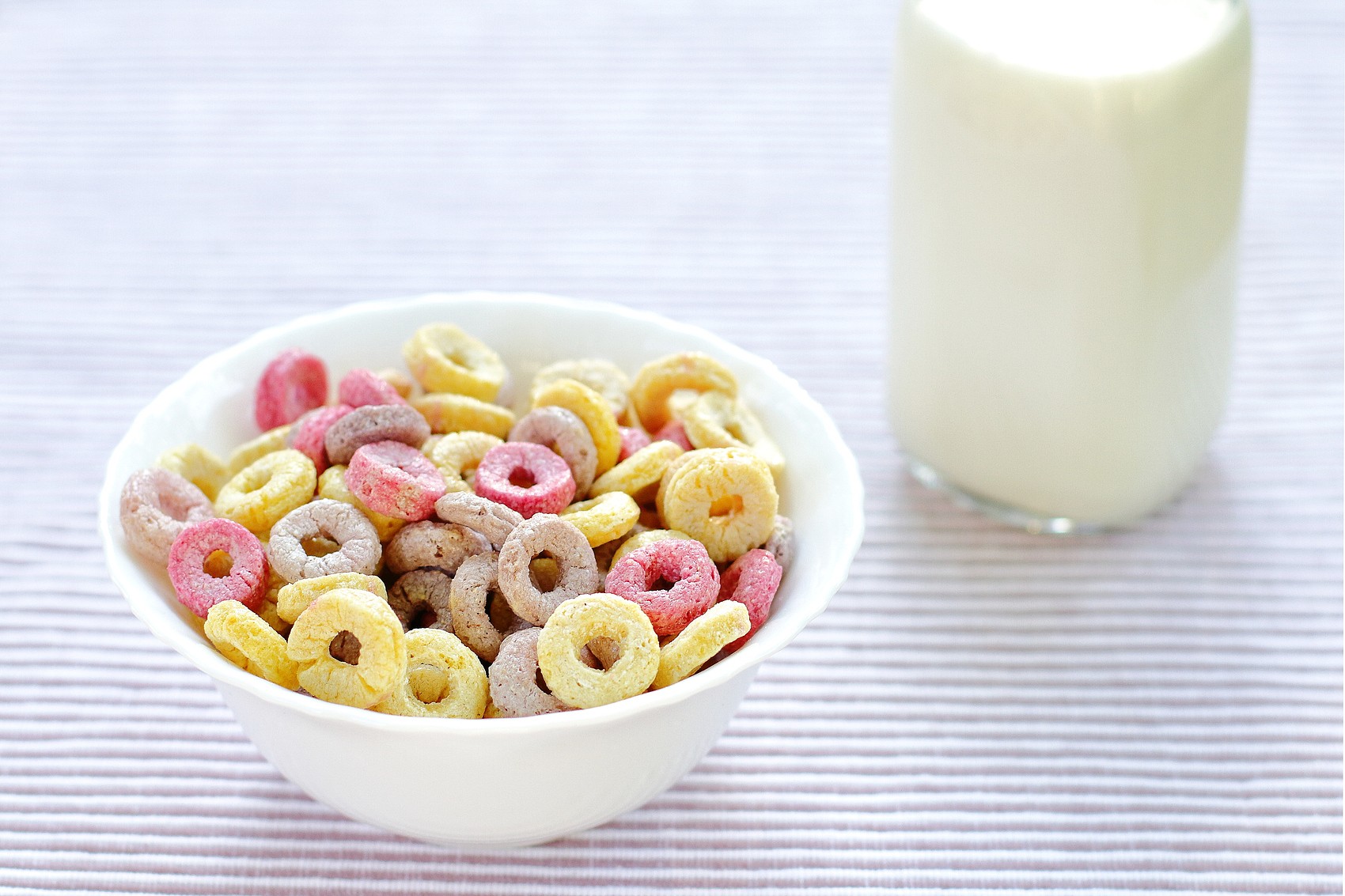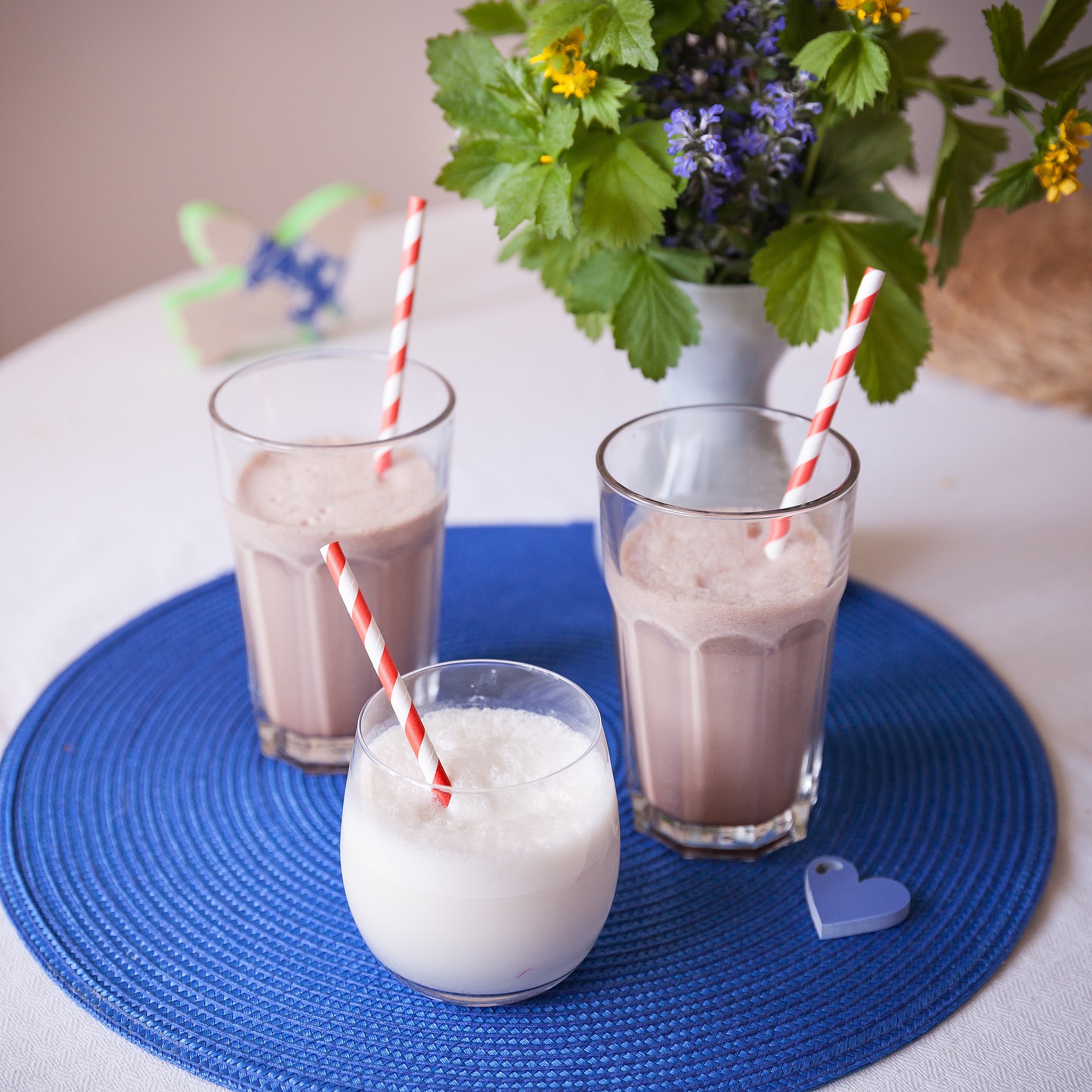sucrose acetate isobutyrate
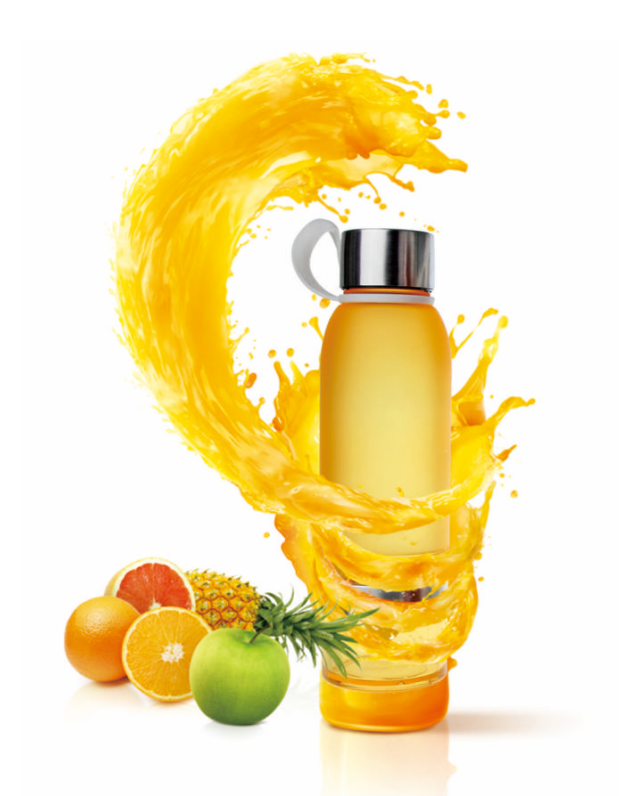
SAIB (sucrose acetate isobutyrate), which is a high-purity substance
Sucrose esters of liquid fatty acids. Pure SAIB is a highly viscous transparent liquid with light chromaticity. SAIB uses food grade sucrose and acetic acid
The derivative of sugar produced by esterification of anhydride and isobutyric anhydride is a mixture of esters in all possible binding forms
The ratio of acetate group to isobutyrate group is about 2:6, hence it is also known as sucrose hexaisobutyrate diacetate. Acetic acid isobutyrate sucrose
Esters have good emulsification, dispersibility, and adhesiveness, and are widely used in industrial sectors such as food, paper, and daily chemical industries.
SAIB is a viscous liquid with low color (less than 1, Gardner's color), no taste, no odor, and good thermal stability
Body. Because of its high specific gravity, neutral smell, taste, color and characteristics of being easily soluble in oil essence
More than 70 countries in the world use it as a weight enhancer of edible essence in food additives. Can be added to citrus beverages and
In other turbid beverages that require emulsification stability.
SAIB is generally used as food essence auxiliary materials, such as stabilizer, weight enhancer: turbidity agent for non-alcoholic beverages, which can prevent the "cyclization" of beverages
The phenomenon of emulsion precipitation and separation
SAIB has lipid like properties and can be used to regulate the density of the oil phase. SAIB can be used as a weight enhancer and stabilizer
It is suitable for emulsifying essence.
SAIB has low dry volatility, is not easily hydrolyzed or discolored, and is non-toxic. Therefore, it is used as a density regulator or weight regulator in carbonated and non carbonated beverages
It has been used for many years. Due to SAIB's neutral taste, it does not affect the flavor of the beverage.
SAIB also has good oxidation stability and low heat generation
The value is 400 calories per 100 grams.

